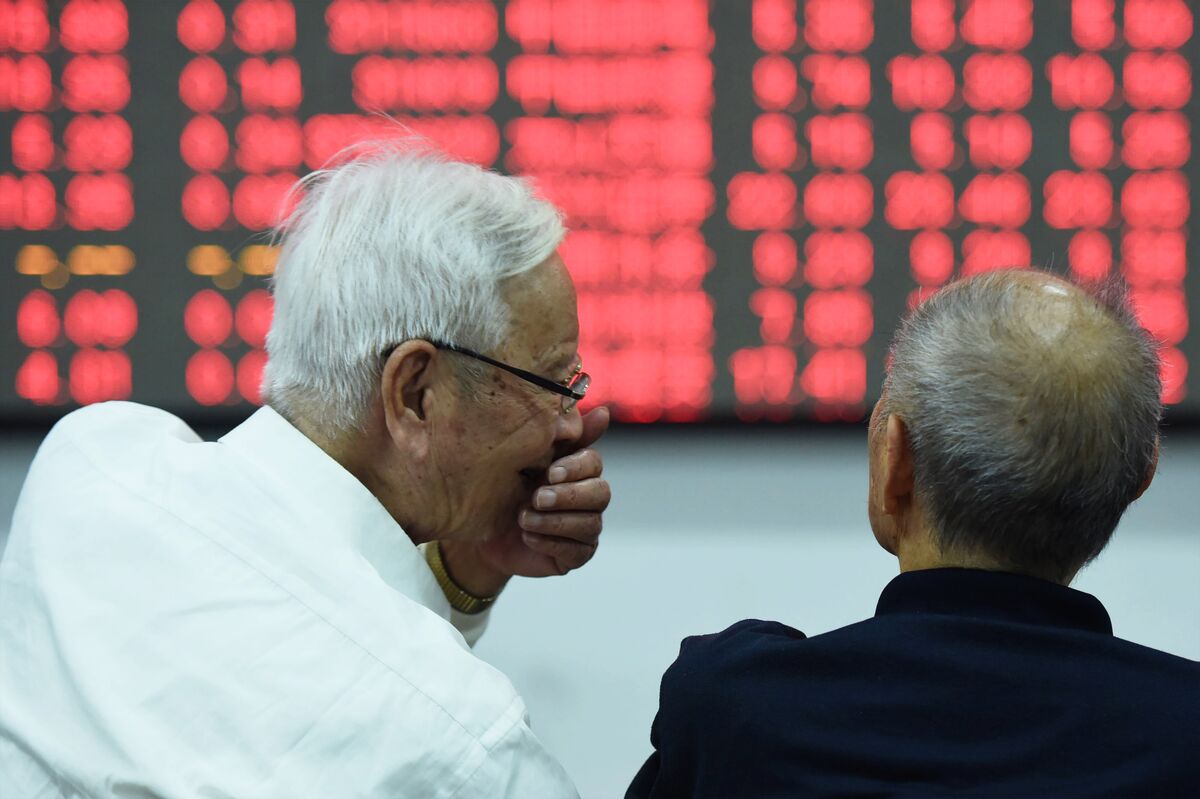
China has announced new measures allowing certain local investors to increase their exposure to overseas assets, indicating a modest but notable move toward financial market liberalization. The policy shift comes as the Chinese yuan has shown signs of stability, providing regulators with greater confidence to ease capital controls.
The move demonstrates Beijing’s ongoing efforts to balance risk control with the need to integrate more deeply into the global financial system. By enabling selected investors to diversify their portfolios internationally, Chinese authorities aim to modernize the country’s capital markets and foster a more dynamic investment environment.
This change is expected to be implemented through expansions in existing programs such as the Qualified Domestic Institutional Investor (QDII) scheme, which allows licensed institutions to invest specified quotas in overseas markets. Further details regarding eligibility criteria and implementation timelines are expected to be announced by China’s securities and monetary authorities in the coming weeks.
Analysts view this development as a sign of increasing confidence among Chinese regulators in the yuan’s resilience, potentially also reflecting a strategic response to slower domestic growth and limited investment opportunities at home. However, Beijing is likely to proceed cautiously, mindful of the risks of capital flight and the need for continued financial stability.
Overall, this policy adjustment marks a meaningful, albeit measured, step forward in China’s broader efforts to open its financial system while maintaining prudent oversight mechanisms.
Source: https:// – Courtesy of the original publisher.








